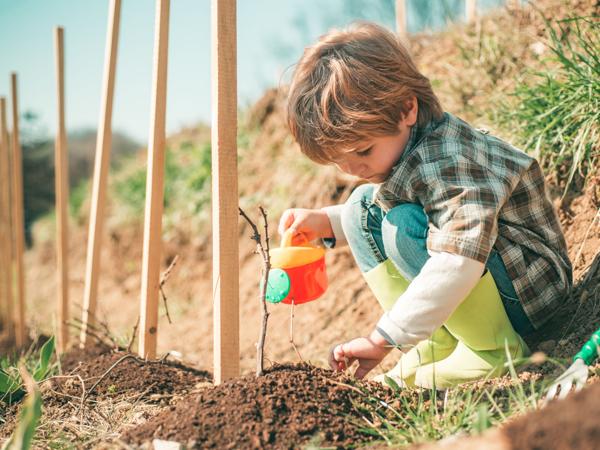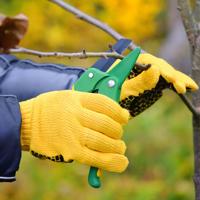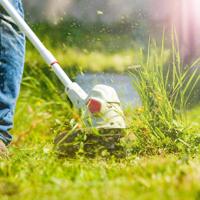Gardening is a wonderfully fulfilling activity that not only connects us with nature but also adds beauty and utility to our surroundings. However, it’s no secret that gardening can sometimes be physically demanding. Many enthusiasts experience strain and discomfort, particularly in their hands, back, and knees, after a day of nurturing their garden. Fortunately, incorporating ergonomic tools into your gardening routine can help alleviate some of this strain.
Understanding Ergonomics in Gardening
Ergonomic design is centered around creating tools that work with the natural motions and postures of the body, aiming to reduce discomfort, fatigue, and injury. While no tool can completely eliminate strain, ergonomic tools can potentially make the tasks easier and more comfortable.
Benefits of Ergonomic Garden Tools
Reduced Muscle Strain: Ergonomic tools often feature padded grips, curved handles, and lightweight materials that help reduce the amount of effort required. This design can lead to less muscle strain and fatigue.
Improved Posture: Tools with longer handles prevent excessive stooping and bending, promoting a more upright position. This can help reduce back pain over time.
Enhanced Grip Comfort: Non-slip and cushioned grips can make it easier to hold and use tools for extended periods, especially beneficial for those with arthritis or weak grips.
Examples of Ergonomic Garden Tools
1. Ergonomic Hand Trowel
A hand trowel with a wide, cushioned grip can be much easier on your wrists when planting or weeding. Look for designs where the handle is aligned with the blade to minimize wrist twisting. The radius garden trowel boasts a curved handle with a comfortable grip that may offer ease of use.
2. Long-handled Weeder
Long-handled weeders can help you remove pesky weeds without bending. The radius garden weeder has an o-shaped handle that offers a comfortable grip, helping to reduce wrist strain.
3. Ergonomic Pruning Shears
Pruning shears with rotating handles or adjustable tension can provide precision with less pressure on your hands. Tools like the Fiskars PowerGear2 pruner have gears and springs designed to aid in cutting with less effort.
4. Kneeling Bench or Pad
Using a kneeling bench with handles can assist in getting up and down easily, reducing strain on knees and back. Models that double as a bench and kneeler can be particularly helpful.
Research and Considerations
Studies have highlighted the benefits of ergonomic design across various fields, including gardening. A 2017 study in the Journal of Ergonomics emphasized that ergonomic tools could potentially reduce physical fatigue and improve overall task performance. While these tools are not guaranteed solutions, they represent possible ways to enhance your gardening experience.
When selecting ergonomic gardening tools, consider the particular demands of your routine and any existing physical concerns. It’s sometimes helpful to try different options to see which tools truly make a difference for you.
Final Thoughts
While gardening will always involve some level of physical activity, using ergonomic tools can be a step towards making the experience more enjoyable and sustainable. Delving into the world of ergonomic tools could be one way to continue your passion for gardening with a bit more comfort.
Here at Bistro Garden, we aim to encourage sustainable and mindful practices in gardening and living a garden-to-table lifestyle. Every gardener will have unique preferences and needs, so it’s worth exploring various tools to find what suits you best. Happy gardening!




